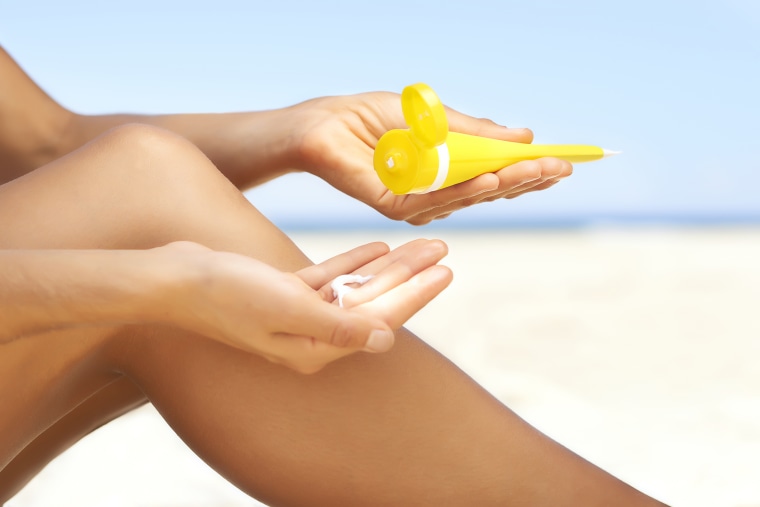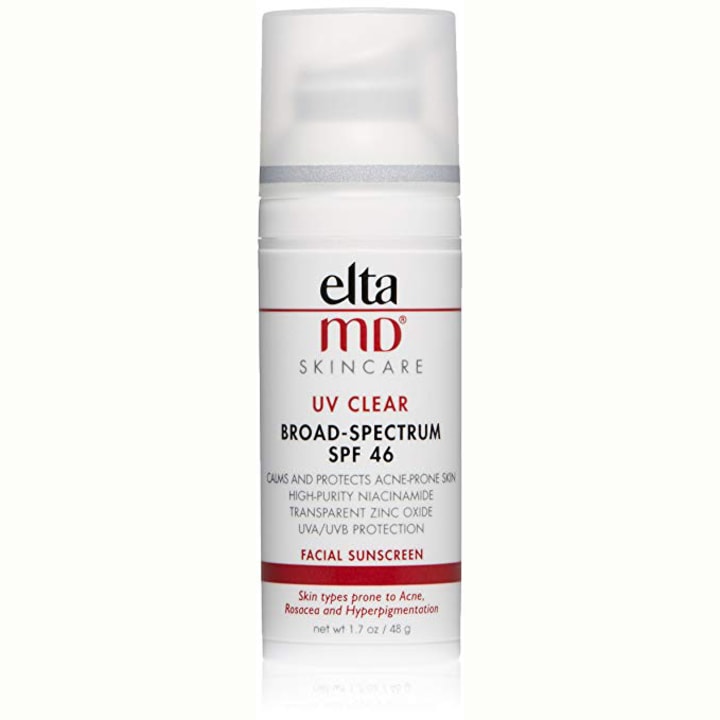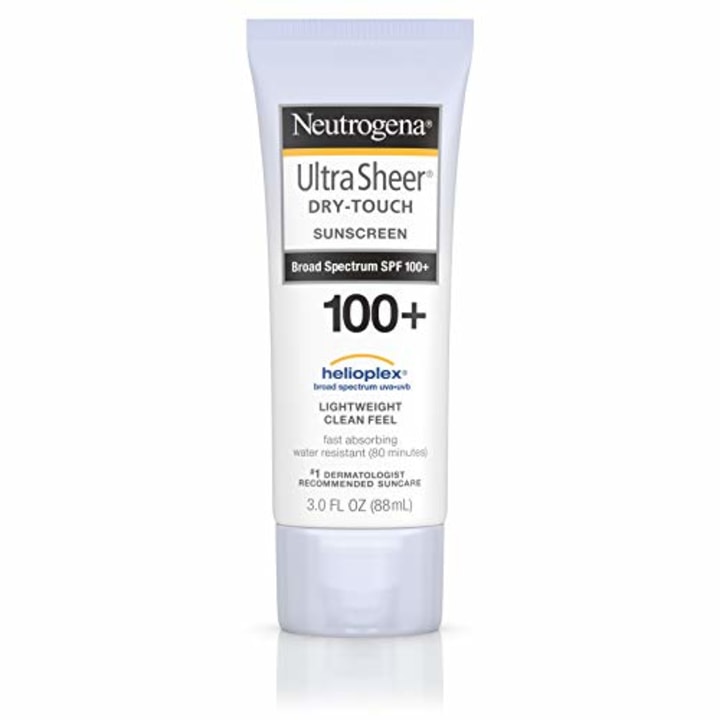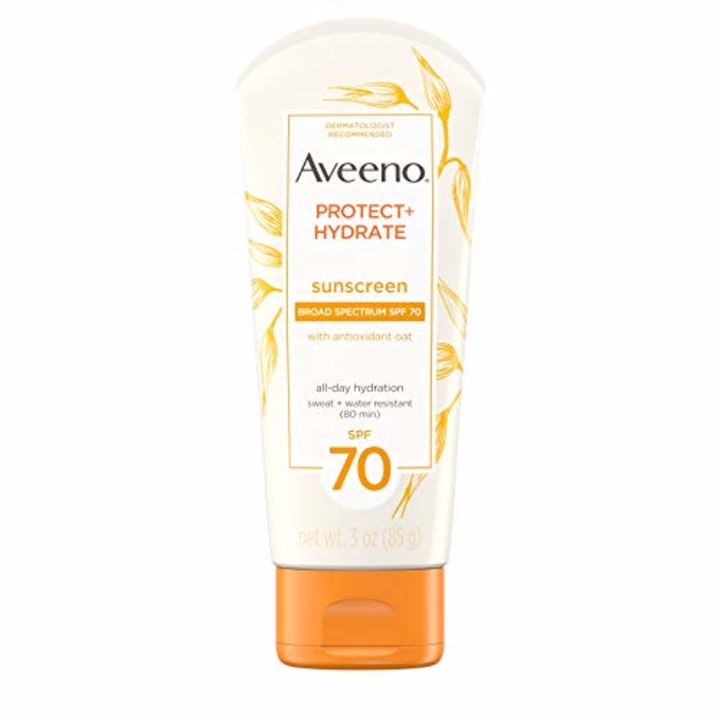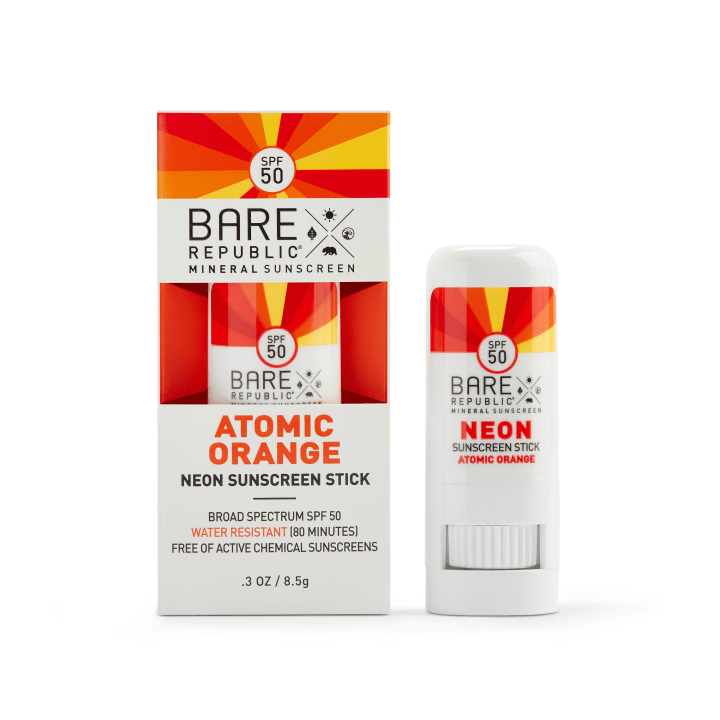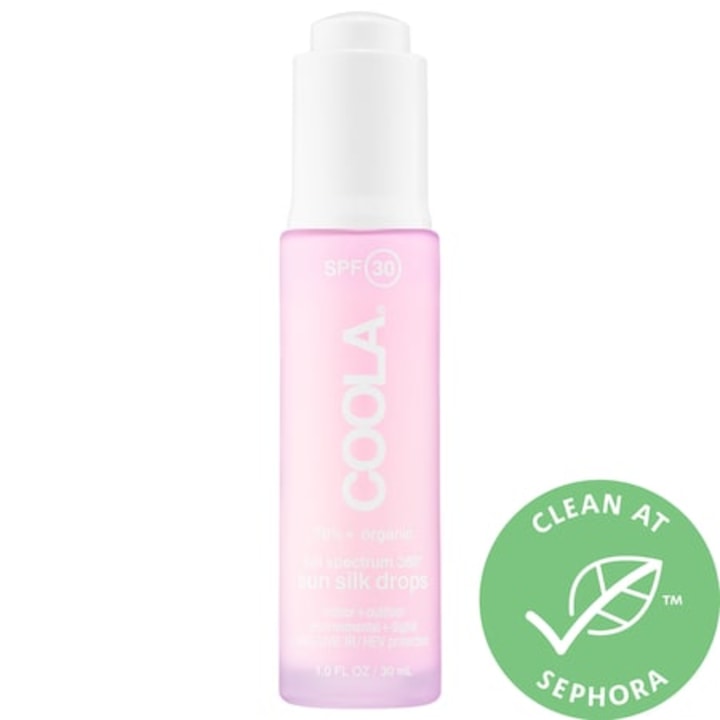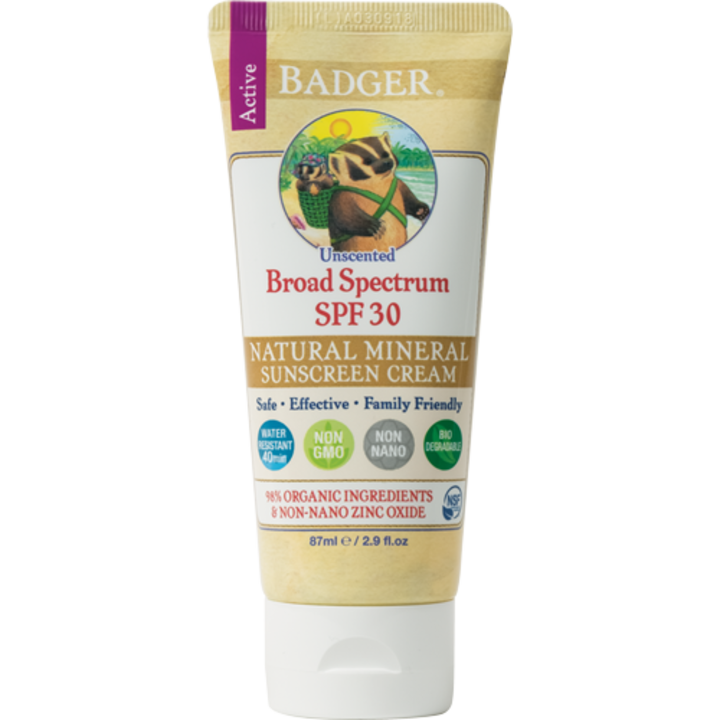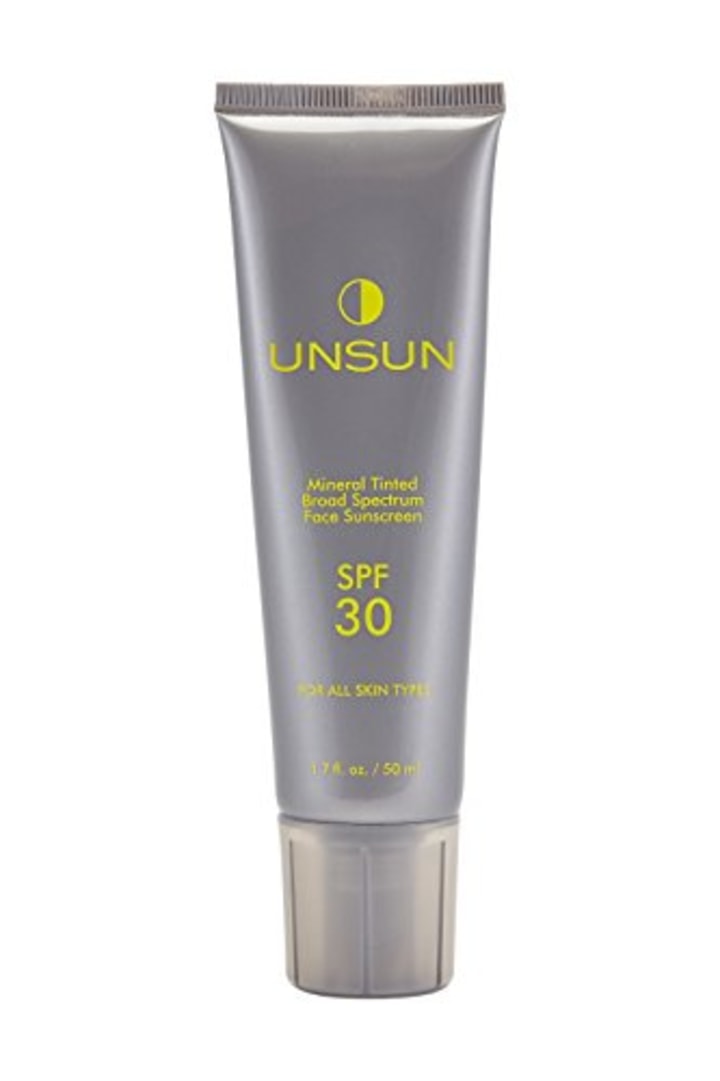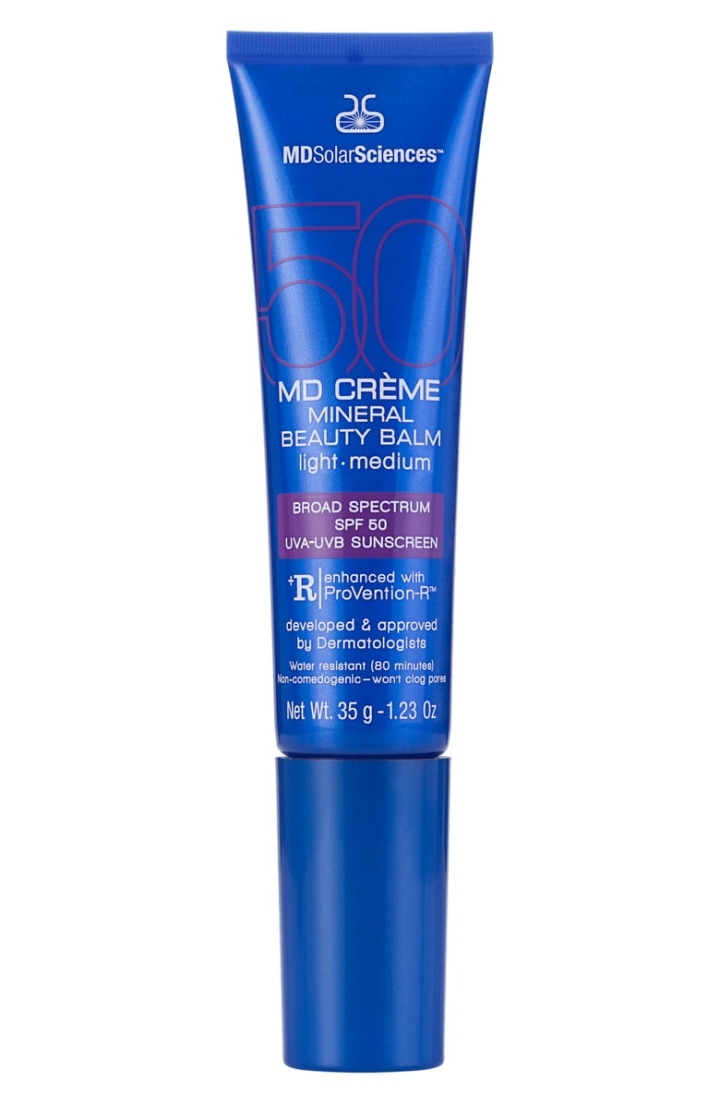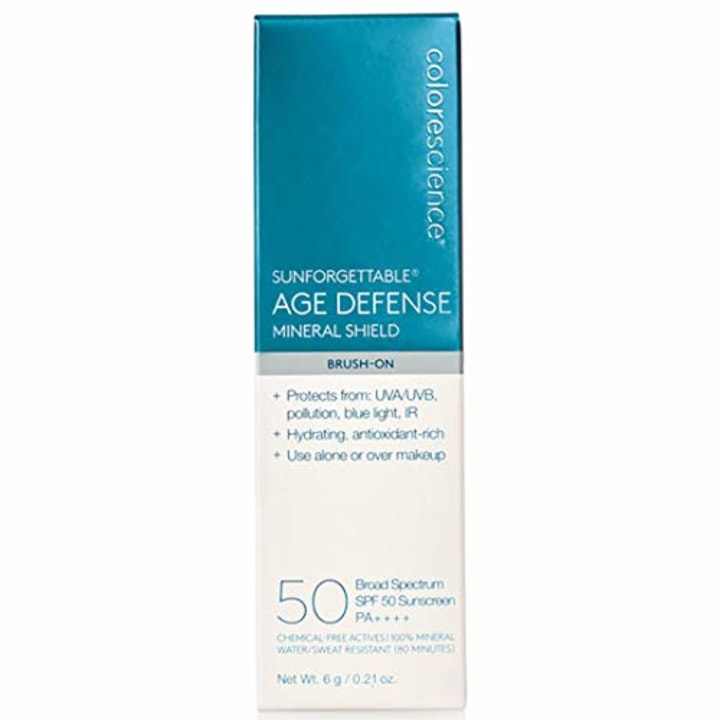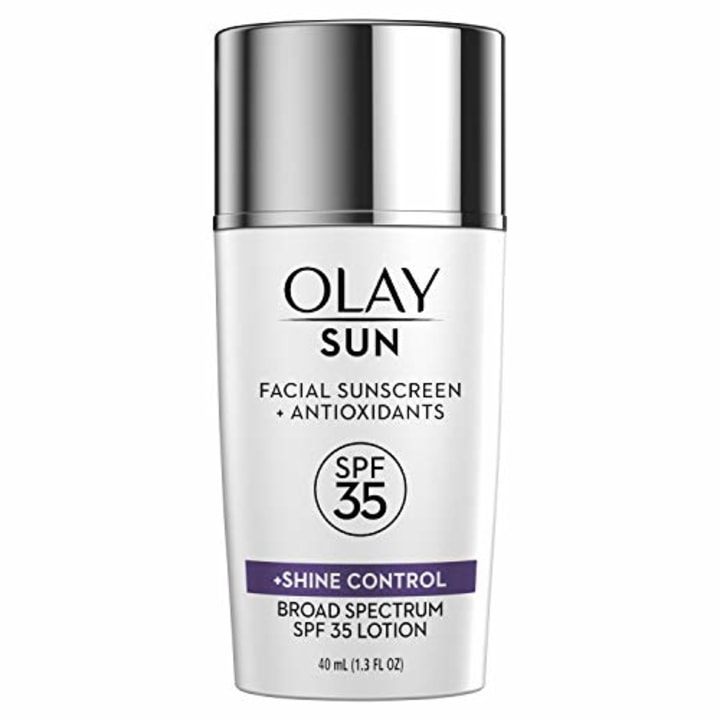Sunnier days are upon us, which means you’ve likely got a few beach trips penciled into your calendar this summer. Beyond flip flops, sunglasses, a towel and a giant umbrella, make sure you’ve saved some room for sunscreen in your beach bag. According to the Centers for Disease Control, skin cancer is the most common form of cancer in the United States. Sun exposure also causes visible signs of aging like wrinkles and hyperpigmentation.
While sunscreen is probably top of mind for you when the weather heats up, it’s actually good practice to wear it year-round.
Which sunscreen should you choose, though?
For starters, the American Dermatology Association (ADA) recommends one that's labeled “broad-spectrum,” because this means it protects against both UVA and UVB rays. UVA rays are the ones that prematurely age your skin, causing wrinkles and age spots, while UVB rays cause sunburn. Overexposure to both can lead to skin cancer.
Next, consider the Sun Protection Factor (SPF)
SPF is a measure of how much UVB light a sunscreen can filter out. Dermatologists recommend using an SPF of at least 30, which Adarsh Vijay Mudgil, MD, a dermatologist practicing in New York, calls "the magic number". SPF 15 blocks about 93 percent of UVB rays, while SPF 30 blocks about 97 percent of UVB rays. The ADA recommends an SPF of 30 or higher.
It's important to apply enough sunscreen to any exposed area of skin every day. On days you're going to be outdoors for an extended period of time, say playing golf or at the beach or pool, Mudgil suggests putting a base coat of SPF 30 all over the body a half hour before leaving the house and then reapplying every two hours. If you're swimming, Mudgil says it's a good rule of thumb to grab the sunscreen every time you get out of the water.
Remember, no sunscreen can completely protect you from sun so it's important to always reapply throughout the day, wear protective clothing (hats, sun-protective swimwear, clothing, etc.) and always seek shade.
Pay attention to your skin type as well
“If you have acne or oily skin, make sure that your sunscreen is labeled as ‘non-comedogenic,’ which means that it has been shown not to block pores,” says Joshua Zeichner, MD, director of cosmetic and clinical research, dermatology department, Mount Sinai Hospital. “If you have dry skin, look for moisturizers with sunscreen or sunscreens that contain hydrating ingredients.” (Think: hyaluronic acid or ceramides.)
For sensitive skin, opt for a physical, or mineral, sunscreen, says Emily Smith, MD, dermatologist at University of Missouri Health Care. Physical sunscreen features zinc oxide and titanium dioxide to protect skin; these two ingredients won’t burn or sting eyes, Smith says. They sit on top of your skin, forming a barrier to protect you.
The best sunscreen is ultimately the one that you actually use.
Joshua Zeichner, MD
Chemical sunscreen, on the other hand, is formulated with ingredients like avobenzone and oxybenzone that absorb UV rays to keep them from penetrating your skin. These ingredients can sometimes cause irritation if you’re prone to sensitivity, but they tend to be easier to apply. “Chemical sunscreens sometimes rub into the skin more easily, leaving less white residue,” notes David Fieleke, MD, Missouri dermatologist. (Keep in mind that Hawaii has passed a bill banning sunscreens with certain chemicals thought to damage coral reefs.)
What's the best kind of sunscreen: Spray, lotion, stick or gel?
As for the vehicle your sunscreen comes in (lotion, spray or otherwise), that’s all about your personal preference. “Sunscreens come in creams, lotions, gels, sprays, sticks and many other unique formulas,” says Zeichner. “The best sunscreen is ultimately the one that you actually use.”
Of course, a sunscreen is only effective if you use it right. Zeichner says you should apply an ounce of sunscreen to the entirety of your exposed skin. (This is about the volume of a shot glass or the size of a golf ball, he explains.) Reserve about a nickel-sized dollop for your entire face, and remember to reapply every two hours or immediately after heavy sweating or swimming, Zeichner advises.
If you only have a spray sunscreen and need to reapply on your face, Mudgil advises that you spray it directly on your hands and apply to the face with your fingers for a more even application.
Below, top dermatologists share their favorite sunscreens to keep you protected this summer — and beyond.
EltaMD UV Clear Facial Sunscreen Broad-Spectrum SPF 46 for Sensitive or Acne-Prone Skin
EltaMD earns raves from dermatologists, thanks to their cosmetically elegant formulas. This sunscreen is Virginia-based dermatologist Nikoleta Brankov's favorite for the face. “It’s great for acne-prone skin, and contains a physical blocker: zinc oxide,” she says. Niacinamide in the formula calms sensitive skin and prevents redness.
Neutrogena Ultra Sheer Dry-Touch SPF 100+
“This specific sunscreen was studied in the real world and shown to be more effective in preventing sunburn as compared to sunscreens with lower SPF levels,” says Zeichner, who’s a fan of this sunscreen. He explains that because most of us don’t apply as much sunscreen as we should (remember: you need a shot glass worth!) and don’t reapply during the day, we’re not getting as much protection as labeled on the bottle. So choosing the highest level of SPF possible gets you closer to adequate protection.
Aveeno Protect + Hydrate Moisturizing Sunscreen with SPF 70
Those with sensitive skin, listen up. “This sunscreen is a great option for people who have dry, sensitive or eczema prone skin,” Zeichner says. “It is enriched with colloidal oatmeal, which soothes and protects the skin.”
Bare Republic Mineral SPF 50 Neon Sunscreen Stick
Getting kids to put on sunscreen is not always the easiest of tasks. That’s why Fieleke likes this sunscreen. “With kids, we’ve found that using a sunscreen stick, especially one that has some novelty, really helps increase the family’s buy-in when it comes to sunscreen application,” he says. “These sunscreen sticks with 25 percentzinc oxide come in bright colors kids are sure to love helping apply.”
Cool Full Spectrum 360° Sun Silk Drops SPF 30
Gone are the days where you had to rock a white cast at the beach. Newer, lighter-weight sunscreen formulations, like this one, blend into skin seamlessly. Anthony M. Rossi, MD, dermatologic, Mohs, cosmetic and laser surgery at Memorial Sloan Kettering Cancer Center, calls out the drops’ nice chemical formulation, which features skin-softening hyaluronic acid.
Badger Unscented Sunscreen, SPF 30
Debra Jaliman, MD, assistant professor of dermatology at Icahn School of Medicine at Mount Sinai and author of “Skin Rules,” likes this sunscreen because it’s eco-friendly and safe for coral reefs and other ocean life. She notes that it’s unscented (a plus for sensitive skin types!) and almost completely organic. It’s also safe for children.
UnSun Tinted Mineral Sunscreen
Peggy Fuller, MD, with the Esthetics Center for Dermatology in Charlotte, North Carolina, says that she’s always had trouble finding a sunscreen that didn’t leave her chocolate complexion looking ashy. That is, until she found this product. “UnSun is a mineral tinted broad-spectrum face sunscreen that doesn’t leave an ashen residue,” she says. “That’s particularly important for skin in darker hues.”
MDSolarSciences Mineral Beauty Balm Broad Spectrum SPF 50
“I like tinted, mineral sunscreens that blend with pigmented skin rather than look white or ashy,” says Sonia Batra, Santa Monica dermatologist and co-host of “The Doctors.” She’s a fan of this tinted sunscreen, which has a light/medium tint, oil- and fragrance-free formula, and can be worn alone or as a base for foundation.
Colorscience Sunforgettable Mineral SPF 50 Sunscreen Brush
Available in four shades, this powder sunscreen is great for on-the-go sunscreen touch-ups. It layers over makeup without messing up your face. “If I have makeup on, this goes over it really nicely,” says Lily Talakoub, MD, of McLean Skin Dermatology.
Olay SPF 35 Face Lotion + Shine Control
Say goodbye to greasy skin post-sunscreen application. Susan Bard, MD, dermatologist in Brooklyn, favors this formula for those with oily skin. The matte formulation absorbs oil so you never have to worry about looking shiny.
MORE TIPS FROM DERMATOLOGISTS
- 13 best skincare products for oily skin, according to dermatologists
- Best moisturizers for dry skin
- How to choose the best anti-aging products
- Best dandruff shampoos
- A better way to take a shower
Want more tips like these? NBC News BETTER is obsessed with finding easier, healthier and smarter ways to live. Sign up for our newsletter and follow us on Facebook, Twitter and Instagram.
